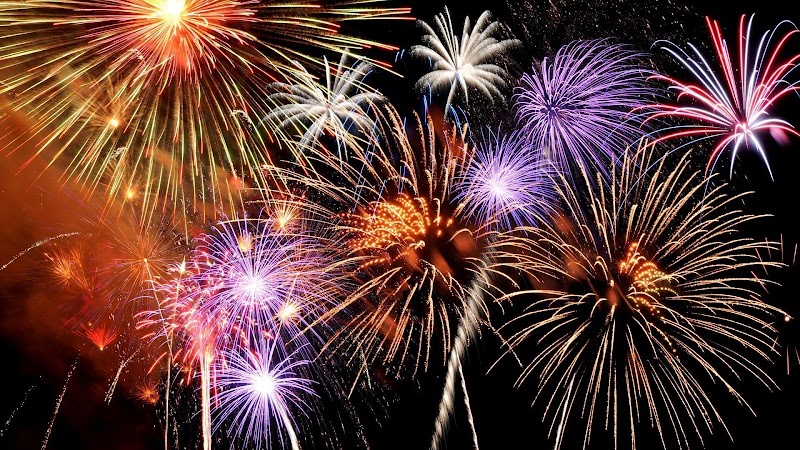The Chemistry of Fireworks: How Different Compounds Create Dazzling Displays of Color
Introduction:
Fireworks have been a source of awe and wonder for centuries, captivating audiences with their dazzling displays of color and light. But have you ever wondered how fireworks create such vibrant colors? In this post, we'll explore the chemistry behind fireworks, including the compounds that create different colors, the science of combustion, and the history of fireworks.
Founders and Early History:
The use of fireworks dates back to ancient China, where they were used for ceremonial and religious purposes. The Chinese are credited with inventing gunpowder, the key ingredient in fireworks, around the 9th century AD. Fireworks later spread to other parts of the world, including Europe, where they were used in celebrations and military displays.
Explanations of Chemistry:
The vibrant colors of fireworks are created by different chemical compounds known as "colorants." These colorants are metal salts that emit characteristic colors when heated. For example, strontium salts produce a bright red color, while copper salts produce a blue or green color. The intensity and hue of the colors can be adjusted by varying the type and concentration of the colorants used.
Chemistry of Combustion:
When a firework is ignited, it undergoes a process known as combustion, where the fuel and oxidizer react to produce heat, light, and gases. The fuel in fireworks is typically a mixture of charcoal, sulfur, and potassium nitrate (also known as saltpeter), while the oxidizer is usually a chlorate or perchlorate compound. The heat produced by combustion excites the metal ions in the colorants, causing them to emit light of a specific wavelength, which gives rise to the vibrant colors we see in fireworks displays.
Modern Use and Advancements:
In modern times, fireworks are used for a variety of celebrations and events, including Independence Day, New Year's Eve, and sporting events. Advances in technology have led to the development of more sophisticated fireworks that can produce intricate patterns and effects. These advancements have also led to the use of digital firing systems, which allow for more precise timing and control of fireworks displays.
Wonder and Spectacle:
One of the most fascinating aspects of fireworks is their ability to captivate and inspire awe in audiences of all ages. The bright colors, loud noises, and intricate patterns of fireworks displays create a sense of wonder and excitement that is unmatched by any other form of entertainment. Fireworks have become an integral part of many cultures and are a symbol of celebration and joy around the world.
Conclusion:
The chemistry of fireworks is a fascinating and complex field that combines art, science, and technology. By understanding the chemical processes that create fireworks displays, we can gain a greater appreciation for the beauty and wonder of these dazzling spectacles.












0 comments: